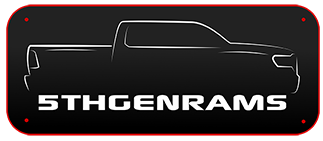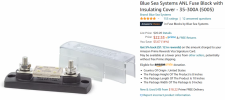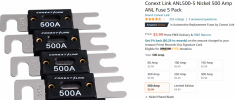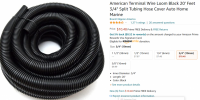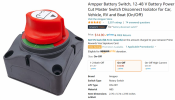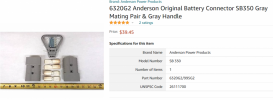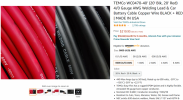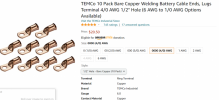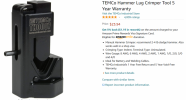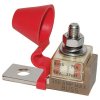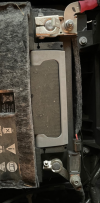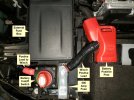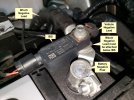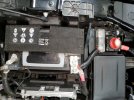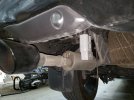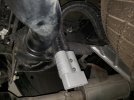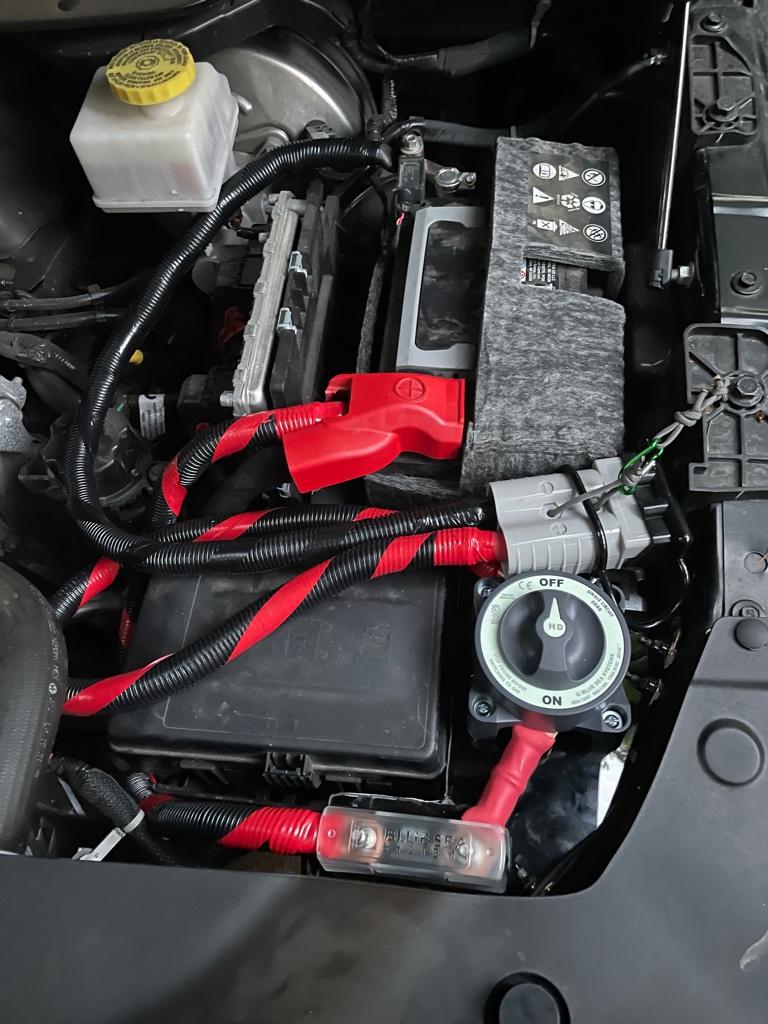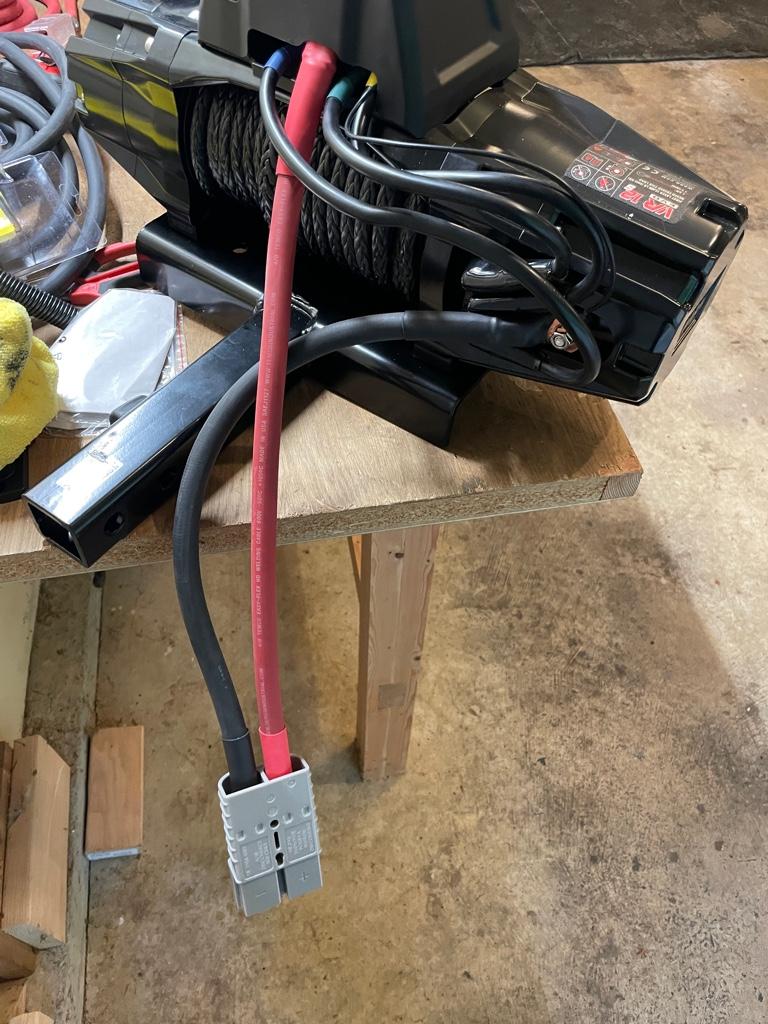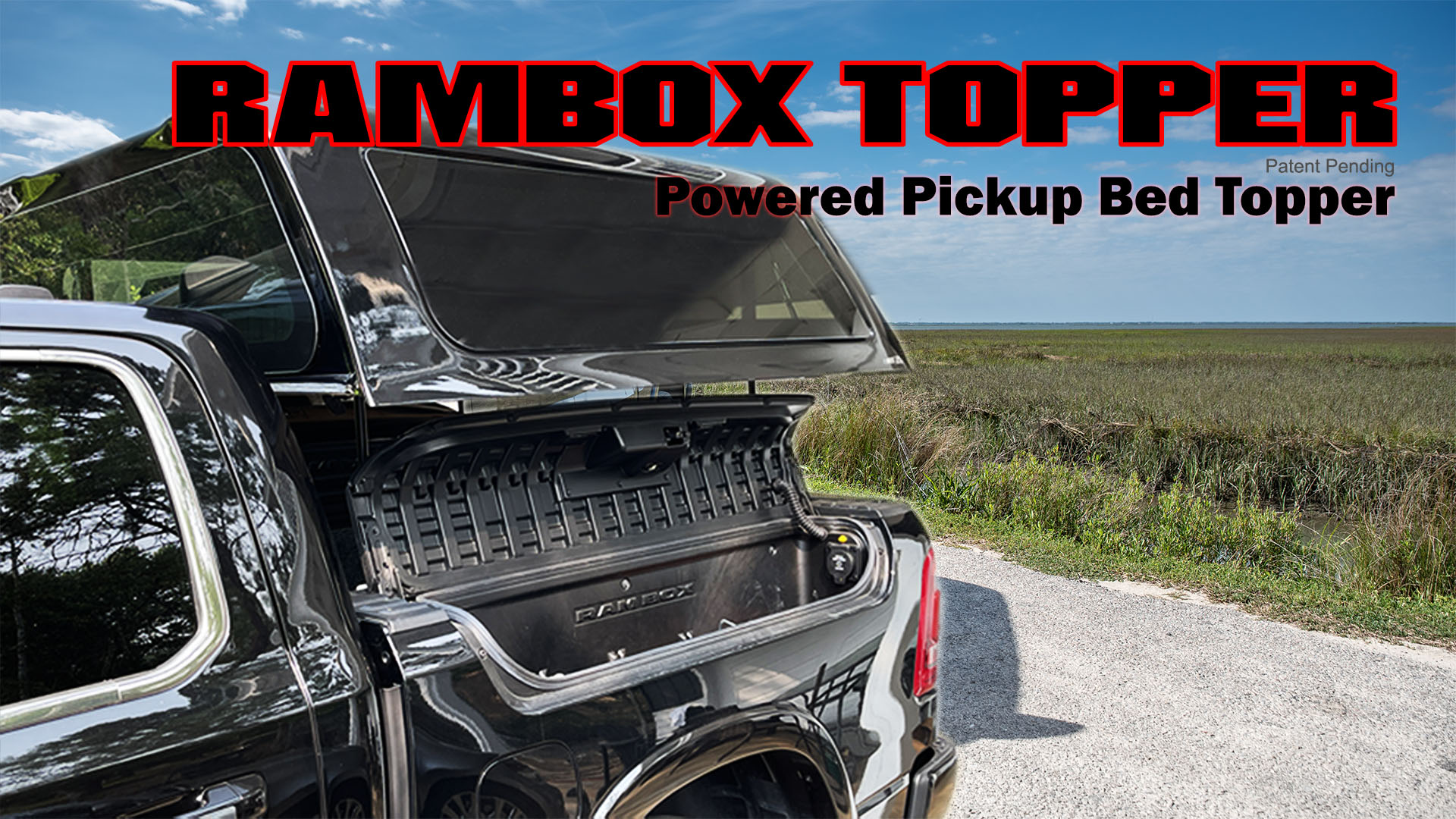THats good info from their website. In my experience, sensors like this (amd/or, the programs that use their data) compensate for numerous factors, including unmonitored loads. Depending on the controlled function, they often more heavily weight ongoing battery response data (eg V/A, SoF) than long-term historical data (eg SoH). Thus, discharging the battery by loads that are not run thru the sensor, will have only temporary impact on many of the sensor’s outputs. These sensors do not know the ah capacity of the monitored battery, are forced to decide it, so their predictions are of limited value. However, that ombined with real-time data, will prevent loads like radiator fan after-run, or stop/start, from killing the battery. Unmonitored loads will mean the sensor reports too-high state of charge for a while, but will correct that soon enough.I don't believe I presume too much of the IBS. I know specifically what it does and does not do, but it's only a single part of the RAM's overall battery management system. We also need to take into account exactly what the ECU does with the data provided by the IBS. The ECU programming can indeed and probably does monitor overall power usage.
Here is my understanding of the system (warning to other readers, this gets quite technical).
The Bosch Electronic Battery Sensor (EBS) is the specific device RAM uses as part of its overall Electrical Energy Management (EEM) and Battery Management System (BMS) on eTorque equipped 1500's. RAM doesn't use Bosch's nomenclature and instead calls this device an Intelligent Battery Sensor (IBS).
View attachment 95441
This intelligent device, connected directly to the battery's negative post, contains a microprocessor and memory and is internally programmed by Bosch to constantly provide specific battery data to the RAM's ECU (Engine Control Unit). The EBS (IBS) contains a shunt to measure battery current, both incoming and outgoing, and also has the capability to measure the battery's voltage and temperature in near real-time.
With these base measurements, the EBS microprocessor then uses an integrated battery state detection (BSD) algorithm (software) to predict the battery's state of charge (SOC), the state of function (SOF), and the state of health (SOH). The SOC predicts the battery's current charge, i.e. how much power it currently contains, the SOF predicts the influence of the load profile on the voltage curve, and the SOH predicts the battery's aging effects and its influence on the battery's capacity to store energy.
The EBS constantly reports these high-level calculated SOC, SOH, and SOF parameters, as well as the raw data of the battery's near-real-time current, voltage, and temperature measurements to the RAM's ECU at specific intervals both when the engine is running and when it's off via a LIN (Local Interconnect Network) port.
What RAM then specifically does with this data is determined by the RAM's ECU proprietary programming pertaining to its electrical energy management (EEM) and battery management (BMS) systems. Obviously, it's used to help optimize and control the Start/Stop, coasting energy recuperation, 48 Volt auxiliary battery management, alternator, and other hybrid operations, but it may perform other operations as well. So, the IBS is only one component in a much larger EBS/ECU/EEM/BMS system capable of far exceeding the IBS's singular functions.
Bypassing the RAM's IBS, especially with very heavy electrical loads such as a winch, can potentially result in erroneous parameters and resulting miscalculations to the overall sensitive EBS/EEM/BMS systems and is not recommended as the repercussions are generally unknown to vehicle owners. Hopefully, the ECU's EEM/BMS software is robust enough to recover from intermittent and transient erroneous data.
I'm hoping that the suggestions I gave might help mitigate any potential repercussions. Using the winch with the engine running may reduce any unreported energy loss to the battery, and recharging the battery through the IBS may possibly help resync the overall system back to a known full charge condition as well as replace any unreported energy loss to the battery that the EBS/EEM/BMS systems may have not accounted for. You would think that the overall system software would need to account for an owner manually recharging the battery.
I realize these are just suggestions, I don't know nor do I know anyone who knows specifically how the RAM's EEM/BMS programming operates nor does RAM currently provide any information to owners who wish to install powerful winches. So, this is the best I can think of as to what to do given the limited information currently at hand.
Until more information is known, consider bypassing the RAM's IBS and any suggested mitigations as a precarious proposition to be done solely at your own risk.
So, two conclusions:
- a high current load as discussed cannot be run thru the IBS
- the system will not report erroneous info for long, and no meaningful harm will come from it being wrong for a bit of time.
Result: run the winch directly to the battery (and high amp fuse or CB), and don’t worry about the sensor. I would encourage using a switch-controlled starter contactor between fuse and load, so the line is not live unless needed. There are a number of 200a rated contactors that can switch 200a loads, and if only energized or de-energized with no load current, can easily handle minutes-long 400a loads.
Last edited:
